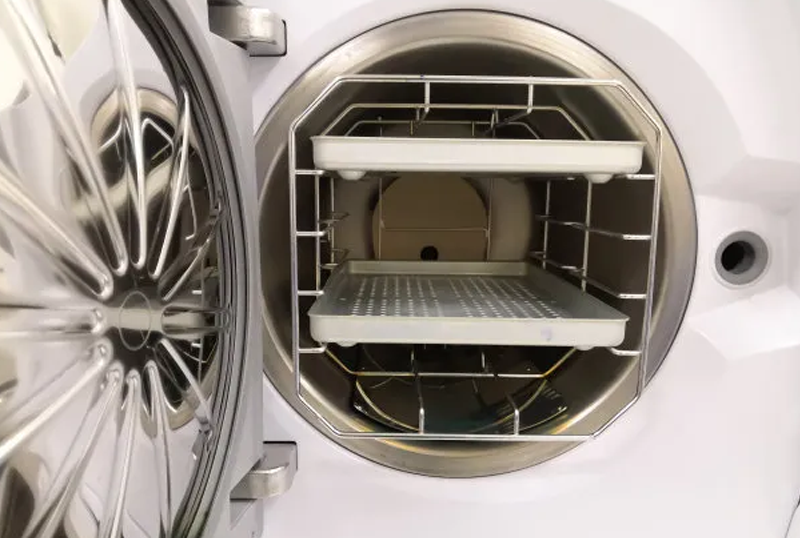Why are high-temperature lithium-ion batteries more suitable for Autoclaves data...
Read MoreHow does steam sterilization work?
Steam sterilization is a method of sterilizing equipment and instruments by exposing them to high-pressure steam for a certain period of time. The steam kills or removes all forms of bacteria, viruses, fungi, and spores of other microorganisms that may be present on the equipment or instrument.
The process of steam sterilization works as follows:
Loading the equipment into a sterilization chamber: The equipment or instruments to be sterilized are loaded into a sterilization chamber, which is designed to withstand high temperatures and pressure.
Adding steam: Steam is introduced into the sterilization chamber and the temperature is increased to a set value, usually 121°C or 134°C. The pressure is also increased to the required level, which is usually between 15 to 30 psi.
Holding time: The equipment is exposed to high-pressure steam for a certain period of time, known as the holding time, which can vary from 15 minutes to an hour or more, depending on the type of equipment, the temperature and pressure, and the type of microorganisms to be killed.
Cooling: Once the holding time is complete, the sterilization chamber is cooled, and the pressure is reduced to atmospheric pressure. The equipment is then removed and can be used.
Quality control: After steam sterilization, the equipment should be checked to ensure that it has been properly sterilized. This can be done by using biological indicators, which are substances that contain a known number of microorganisms. If the biological indicator shows that the microorganisms have been killed, it is assumed that the equipment has been sterilized.

Extend Knownledges
What issues have lithium-ion batteries helped Autoclaves data loggers solve?
What issues have lithium-ion batteries helped Autoclaves data loggers solve?...
Read MoreAutoclaves data loggers how much voltage Li-ion battery?
Autoclaves data loggers how much voltage Li-ion battery? https://youtu.be/GSAtWWPmBRc The...
Read MoreWhat is the effect of lithium-ion batteries on Autoclaves data loggers?
What is the effect of lithium-ion batteries on Autoclaves data...
Read More